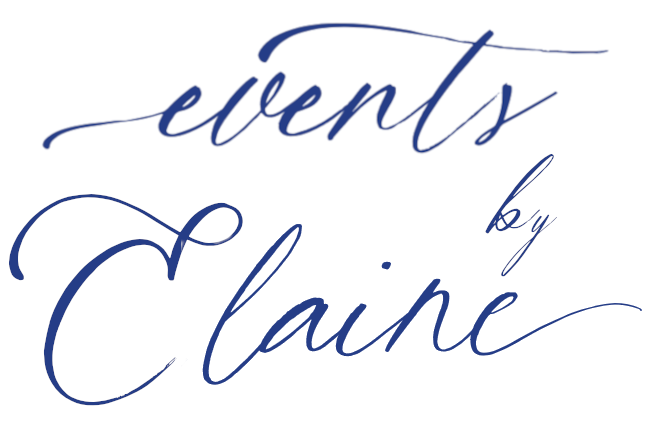The History Behind our Traditions
Wedding Ring
A circular shape symbolizes eternity. A wedding band symbolizes eternal love by their lack of a beginning or an end. The Roman's believed that the third finger of the left hand runs directly to the heart. The ring allowed them to posses each other's hearts.
White Gown
White is the ceremonial symbol of purity and virtue. However, this is a relatively new tradition started in 1840 when Queen Victoria work a white dress to her wedding. Before that any color was acceptable. The Celtics preferred red for fertility, while in biblical times blue was considered pure. Since many women were married in their "Sunday Best" gray, black, and brown were practical colors.
Bouquet and Flowers
The carrying of flowers by the bride has its roots in ancient times when it was believed that strong smelling herbs and spices would ward off and drive away evil spirits, bad luck and ill health. They are included as symbols of life, growth, and fertility. Flowers with different meanings were carefully selected and assembled into a bouquet as well herbs. Grooms wear boutonnieres in the tradition of knights wearing the colors of his lady love.
Something Old, Something New, Something Borrowed, Something Blue, and a Sixthpence in her shoe
Something Old represents continuity, the link with the bride's family, and the past.
Something New represents good fortune and success in the bride's new life, optimism and hope
Something Borrowed is to remind the bride that friends and family will be there for her when help is needed. When the something borrowed comes from a happily married woman it is thought to lend some of the happiness and fortune to the new bride.
Something Blue symbolizes of faithfulness, fidelity, and loyalty and dates back to biblical times when blue represented purity, fidelity
A Silver Sixpence in her Shoe is to wish the bride wealth both financial and happiness, a life of fortune (A penny is now substituted)
Rice
Rice was thrown at the bride and groom to encourage fertility. Before rice became so popular wheat, corn, oats and grain were used. Of course, birdseed and flowers petals are now substituted for rice.
Bridal party and Ceremony Positions
The bride stands on the left of the groom during the marriage ceremony to allow his sword arm to be free ready to fight off other men who may want her as their bride.
Best men used to be chosen based on their skill with a sword and their ability to be an armed guard.
Bridesmaid traditionally wore attire similar to the bride so that bad spirits or other men would find it harder to spot the bride.
Carrying over the threshold
Carrying the bride over the threshold protects her from any evil spirits that may be lurking in the new home. This belief is rooted in many traditions around the globe.


